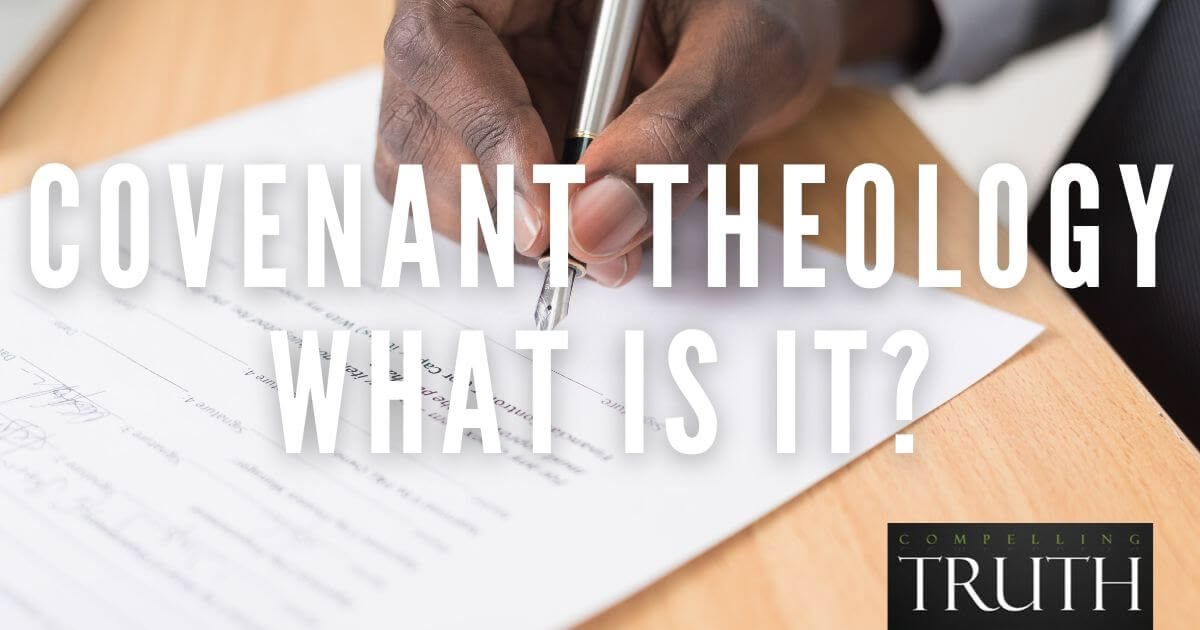what does the bible say?
The Adamic Covenant is a two-part agreement between God and Adam. This covenant reveals humanity's purpose, fall, and hope of redemption. The first part of the Adamic Covenant, given in Eden, established humanity’s blessings and responsibilities, including dominion over creation and a warning against eating from the tree of the knowledge of good and evil. After Adam’s sin, the second part introduced curses, such as pain, toil, and death, yet it also contained a promise of a Savior who would ultimately defeat Satan (Genesis 3:15). This promise points to Jesus Christ, who overcame sin and death through His crucifixion and resurrection to fulfill God’s promised hope and restoration to humanity. The Adamic Covenant reminds us of God’s faithfulness to redeem us, despite our sinfulness, and invites us to live in the freedom and hope found in Christ.




